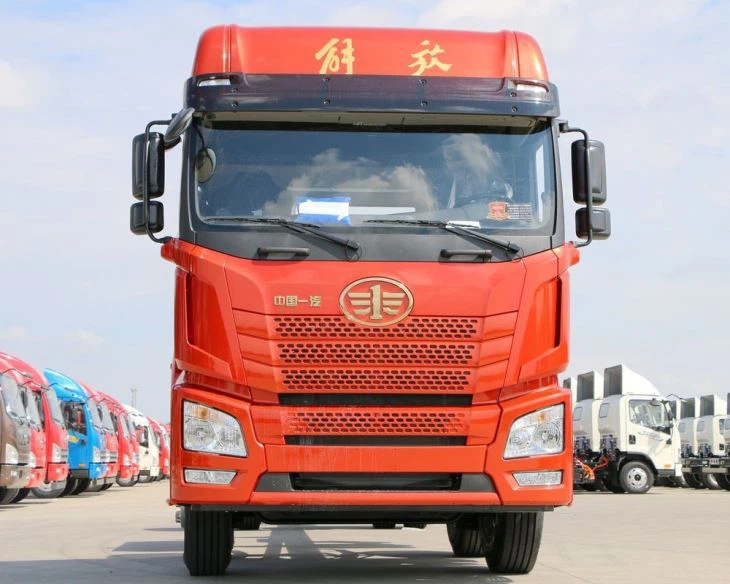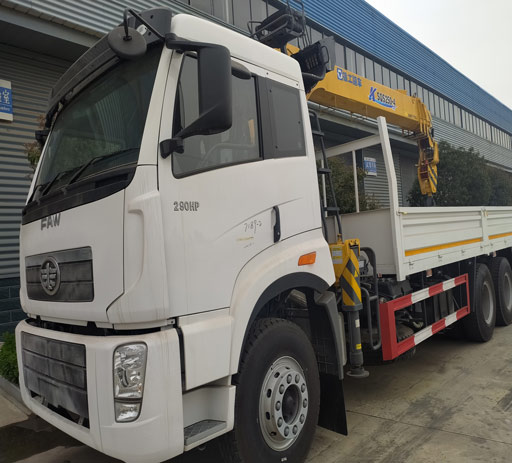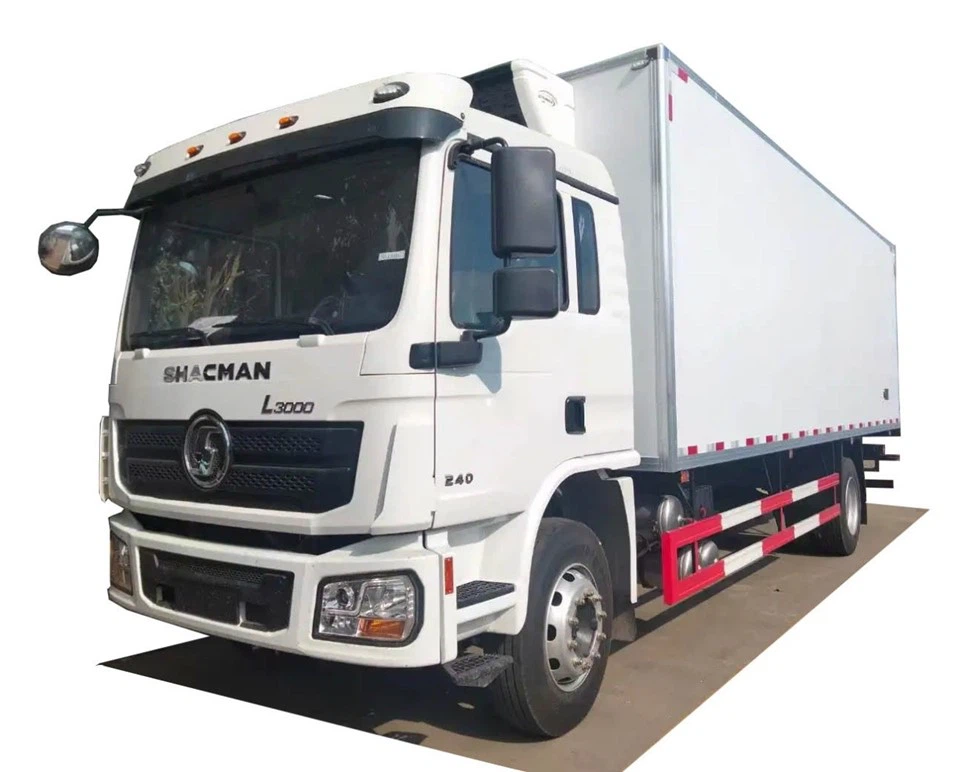Understanding the Volvo Refuse Truck: Features, Benefits, and Use Cases

Introduction
The Volvo refuse truck is a pivotal tool in modern waste management. Combining robust design with advanced technology, these trucks are engineered to handle the demanding requirements of trash collection and disposal. This comprehensive article delves into the unique features of the Volvo refuse truck, its advantages, and its significance in the waste management industry. We will explore its specifications, operational efficiency, maintenance, and more, to help operators and fleet managers make informed decisions when considering their next vehicle acquisition.
1. Overview of Volvo Refuse Trucks
1.1 What is a Volvo Refuse Truck?
A Volvo refuse truck is a specialized vehicle designed for waste collection. It’s equipped with heavy-duty components to withstand the rigors of daily waste management tasks. The truck’s design incorporates features that enhance its efficiency, safety, and environmental performance.
1.2 Types of Volvo Refuse Trucks
Volvo offers a range of refuse trucks tailored for various waste management needs. The common types include:
- Rear Loader: Ideal for residential waste collection, offering easy access and high capacity.
- Side Loader: Designed for urban areas, these trucks collect waste without leaving the vehicle.
- Front Loader: Perfect for commercial waste, allowing for easy unloading and increased efficiency.
1.3 Importance of Refuse Trucks in Waste Management
Refuse trucks play a significant role in maintaining public health and cleanliness. They ensure timely collection and disposal of waste, preventing litter and pollution in communities.
2. Key Features of Volvo Refuse Trucks
2.1 Heavy-Duty Build Quality
Volvo refuse trucks are built with high-strength materials that ensure durability and longevity. This makes them capable of withstanding heavy loads and harsh working conditions.
2.2 Fuel Efficiency
With the rising cost of fuel, Volvo has engineered its refuse trucks to be fuel-efficient, reducing the overall operating costs. Innovations in the engine and drivetrain contribute to optimal performance and lower emissions.

2.3 Advanced Safety Features
Safety is paramount in waste management. Volvo refuse trucks come equipped with cutting-edge safety systems, including:
- Adaptive Cruise Control: Maintains a safe distance from other vehicles.
- Emergency Braking: Automatically engages to prevent collisions.
- Blind Spot Monitoring: Alerts drivers to obstacles that may not be visible.
2.4 Ergonomic Design
The interior of the Volvo refuse truck is designed with the operator in mind. Features like adjustable seating, intuitive controls, and ample visibility reduce fatigue and improve overall safety.
3. Operational Efficiency
3.1 Advanced Waste Collection Technology
Volvo incorporates technology that streamlines waste collection processes. Innovations such as GPS tracking and route optimization help maximize efficiency and reduce costs.
3.2 Maintenance Strategies
Regular maintenance is crucial to keep Volvo refuse trucks running smoothly. Here are some practical maintenance tips:
- Regular Inspections: Check fluid levels, brakes, and tires frequently.
- Scheduled Servicing: Follow the manufacturer’s guidelines for service intervals.
- Keep Records: Document all maintenance work for reference and future planning.
3.3 Employee Training
Investing in comprehensive training for drivers and operators maximizes safety and efficiency. Training should cover operations, maintenance, and safety protocols.
4. Environmental Impact

4.1 Reduced Emissions
Volvo is committed to sustainability, and its refuse trucks are designed to meet stringent emissions standards, helping cities reduce their environmental footprint.
4.2 Waste Reduction Initiatives
In addition to the trucks, Volvo supports initiatives aimed at waste reduction and recycling, promoting sustainable waste management practices globally.
5. Case Studies: Volvo Refuse Trucks in Action
5.1 City of Stockholm
The City of Stockholm utilizes Volvo refuse trucks for its extensive waste management system, benefiting from their efficiency and low emissions.
5.2 Town of Oban
Oban implemented Volvo refuse trucks to reduce waste collection times by 30%, demonstrating significant operational cost savings.
6. Choosing the Right Volvo Refuse Truck
6.1 Assessing Your Waste Management Needs
Before purchasing, evaluate your specific needs regarding load capacity, waste types, and operational areas. Each type of refuse truck has unique features suited for different tasks.
6.2 Budget Considerations
Factor in not only the initial purchase price but also the long-term operating costs, including fuel, maintenance, and repair expenses. Volvo trucks, while initially more expensive, often result in lower overall costs due to their durability and efficiency.
7. Innovative Technologies in Volvo Refuse Trucks
7.1 Electric Refuse Trucks
Volvo is at the forefront of innovation with electric refuse trucks designed to lower emissions further and provide quieter operation in urban areas.
7.2 Automation in Waste Management
Volvo is exploring automated systems that can enhance route planning and reduce human error, making waste management more efficient.
8. Tips for Maximizing the Use of Volvo Refuse Trucks
8.1 Schedule Regular Route Reviews
Regularly review and adjust collection routes to ensure optimal fuel efficiency and timely pickups.
8.2 Engage with Operators for Feedback
Regularly engage with the truck operators to identify issues and areas for improvement that could enhance performance and safety.
8.3 Utilize Technology Effectively
Make full use of the onboard technology such as GPS and telematics systems for real-time insights on truck performance.

FAQs about Volvo Refuse Trucks
1. What are the primary benefits of using a Volvo refuse truck?
Volvo refuse trucks offer durability, fuel efficiency, advanced safety features, and cutting-edge technology, all while maintaining a lower environmental impact.
2. How often should Volvo refuse trucks be serviced?
Regular servicing should be done according to Volvo’s recommended schedule, typically every 10,000-15,000 miles, or based on usage patterns.
3. Are there financing options available for purchasing Volvo refuse trucks?
Yes, there are various financing options, including loans and leasing, available through Volvo dealers and finance companies.
4. How can I improve the fuel efficiency of my Volvo refuse truck?
Improving fuel efficiency can be achieved by regular maintenance, route optimization, and ensuring that drivers are well-trained in fuel-efficient driving practices.
5. What types of waste can Volvo refuse trucks handle?
Volvo refuse trucks can handle a variety of waste types, including municipal solid waste, recyclables, and other selected materials, depending on the truck specifications.
6. How does Volvo ensure the safety of their refuse trucks?
Volvo ensures safety through rigorous testing, implementing advanced safety features, and adhering to international safety standards.
